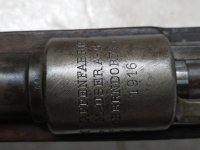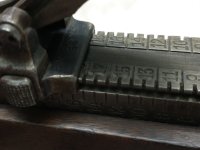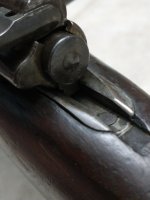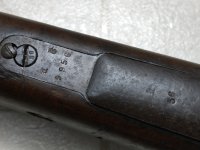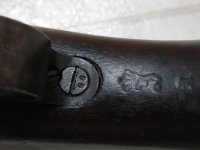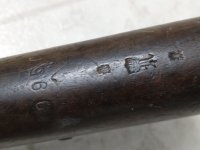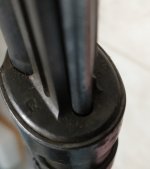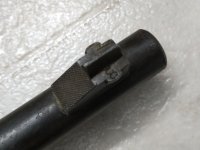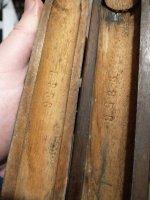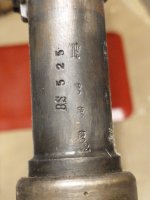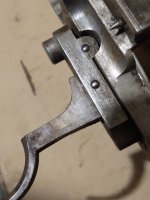Hi All,
I bought this one back in September (very cheap BIN on broker) and had a chance to get it fully cleaned. It was positively filthy and covered with crud, grime and thick dust/surface rust in places.
In giving it a photo treatment, i noticed it was factory matching right down to the cleaning rod. Not a rare maker/date, but certainly not easy to find this intact.
The machining marks are pretty pronounced by this stage.
Here's the data:
Receiver 9856m
Barrel 9856m (BS 525)
Front Sight 56
Rear Sight Leaf: 56
Sight Slider 56
Ejector Box 56
Trigger Sear 56
Front Barrel Band 56
Rear Barrel Band 56
Trigger Guard 9856
Trigger Guard Screws 56, 56
Floor Plate 56
Follower 56
Stock 9856
Handguard 9856
Buttplate 9856
Bayonet Lug 56
Cleaning Rod 56
Bolt body: 9856m
Safety: 56
Cocking Piece: 56
Bolt shroud: 56
Firing Pin: 56
Extractor 56
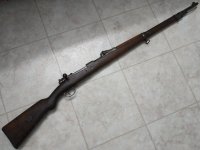
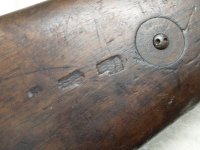
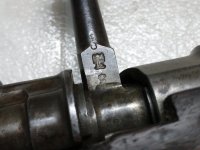
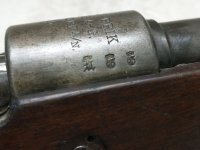
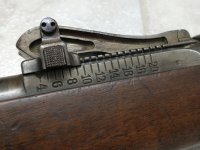
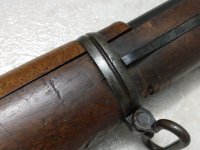
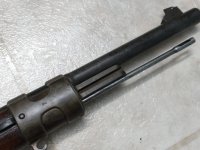
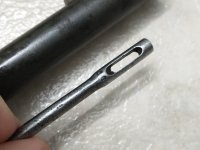
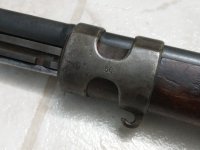
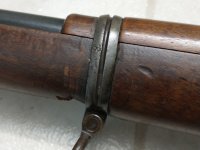
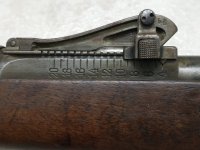
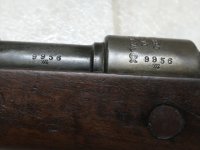
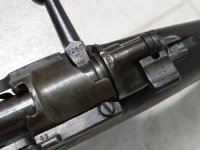
I bought this one back in September (very cheap BIN on broker) and had a chance to get it fully cleaned. It was positively filthy and covered with crud, grime and thick dust/surface rust in places.
In giving it a photo treatment, i noticed it was factory matching right down to the cleaning rod. Not a rare maker/date, but certainly not easy to find this intact.
The machining marks are pretty pronounced by this stage.
Here's the data:
Receiver 9856m
Barrel 9856m (BS 525)
Front Sight 56
Rear Sight Leaf: 56
Sight Slider 56
Ejector Box 56
Trigger Sear 56
Front Barrel Band 56
Rear Barrel Band 56
Trigger Guard 9856
Trigger Guard Screws 56, 56
Floor Plate 56
Follower 56
Stock 9856
Handguard 9856
Buttplate 9856
Bayonet Lug 56
Cleaning Rod 56
Bolt body: 9856m
Safety: 56
Cocking Piece: 56
Bolt shroud: 56
Firing Pin: 56
Extractor 56













Last edited:

